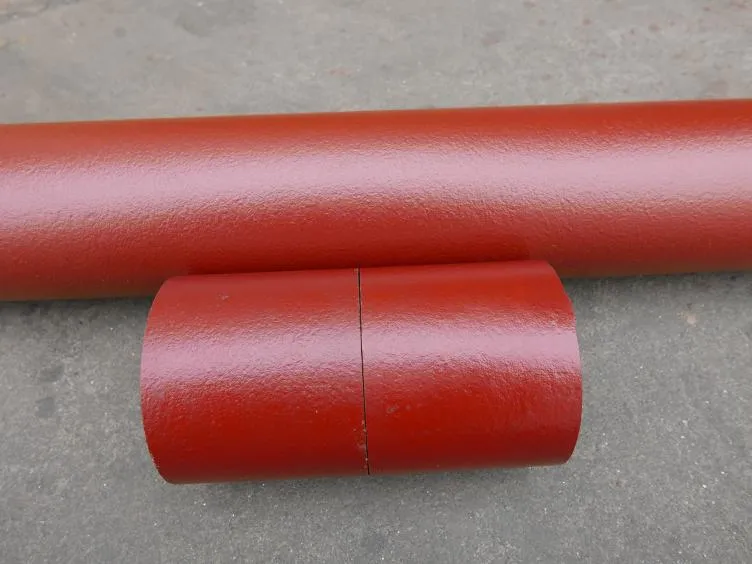- Afrikaans
- Albanian
- Amharic
- Arabic
- Armenian
- Azerbaijani
- Basque
- Belarusian
- Bengali
- Bosnian
- Bulgarian
- Catalan
- Cebuano
- China
- China (Taiwan)
- Corsican
- Croatian
- Czech
- Danish
- Dutch
- English
- Esperanto
- Estonian
- Finnish
- French
- Frisian
- Galician
- Georgian
- German
- Greek
- Gujarati
- Haitian Creole
- hausa
- hawaiian
- Hebrew
- Hindi
- Miao
- Hungarian
- Icelandic
- igbo
- Indonesian
- irish
- Italian
- Japanese
- Javanese
- Kannada
- kazakh
- Khmer
- Rwandese
- Korean
- Kurdish
- Kyrgyz
- Lao
- Latin
- Latvian
- Lithuanian
- Luxembourgish
- Macedonian
- Malgashi
- Malay
- Malayalam
- Maltese
- Maori
- Marathi
- Mongolian
- Myanmar
- Nepali
- Norwegian
- Norwegian
- Occitan
- Pashto
- Persian
- Polish
- Portuguese
- Punjabi
- Romanian
- Russian
- Samoan
- Scottish Gaelic
- Serbian
- Sesotho
- Shona
- Sindhi
- Sinhala
- Slovak
- Slovenian
- Somali
- Spanish
- Sundanese
- Swahili
- Swedish
- Tagalog
- Tajik
- Tamil
- Tatar
- Telugu
- Thai
- Turkish
- Turkmen
- Ukrainian
- Urdu
- Uighur
- Uzbek
- Vietnamese
- Welsh
- Bantu
- Yiddish
- Yoruba
- Zulu
Dec . 05, 2024 16:57 Back to list
Comparing the Properties and Uses of Cast Iron and Cast Steel in Construction
The Significance of Cast Iron and Cast Steel in Modern Engineering
Cast iron and cast steel are two of the most important materials in the field of engineering and manufacturing. Both materials are known for their unique properties and versatile applications, which make them indispensable in various industries, from construction to automotive manufacturing. Understanding the composition, characteristics, and uses of these materials can shed light on their enduring relevance in modern engineering.
Composition and Properties
Cast iron is an alloy primarily made of iron, carbon (usually between 2% and 4%), and silicon. It is renowned for its excellent castability and fluidity, allowing it to be molded into intricate shapes. The high carbon content imparts a degree of brittleness while providing remarkable wear resistance and good machinability. Variants of cast iron, such as ductile iron and gray iron, exhibit different properties. Ductile iron, with its spherical graphite structure, offers enhanced ductility and toughness compared to traditional gray iron, making it suitable for applications requiring more resilience.
On the other hand, cast steel consists of iron, carbon (generally less than 2%), and additional alloying elements like manganese, chromium, and nickel. This composition grants cast steel superior tensile strength, ductility, and impact resistance compared to cast iron. The lower carbon content results in a material that can withstand higher stresses while maintaining malleability and toughness. As a result, cast steel is often used in applications where mechanical performance and structural integrity are paramount.
Applications
cast iron and cast steel

The applications of cast iron and cast steel are extensive and varied. Cast iron has been a staple in the construction industry for decades, utilized in items such as pipes, manhole covers, and architectural elements. Its ability to withstand compressive forces makes it ideal for heavy load-bearing structures. Additionally, cast iron cookware remains popular due to its excellent heat retention and distribution properties, making it a favorite among chefs and home cooks alike.
Conversely, cast steel is widely employed in sectors requiring high-strength materials. The automotive industry, for instance, relies heavily on cast steel for engine parts, axles, and other critical components. Its ability to be heat-treated enhances its hardness and wear resistance, making it suitable for demanding applications. Furthermore, cast steel is pivotal in the production of machinery and equipment in industries like construction and mining, where durability and performance are crucial.
Environmental Considerations and Future Trends
Both cast iron and cast steel play a vital role in sustainable engineering practices. The recycling of scrap metal is a widespread practice in the production of both materials, significantly reducing the environmental impact associated with new material extraction. Innovations in manufacturing processes continue to enhance the efficiency and sustainability of casting practices, leading to a lower carbon footprint.
Looking ahead, the future of cast iron and cast steel appears promising. As industries evolve and the demand for high-performance materials grows, ongoing research is likely to lead to improved compositions and treatments that further enhance their properties. Additionally, the integration of advanced manufacturing technologies, such as additive manufacturing, may open new avenues for the use of these materials in innovative applications.
In conclusion, cast iron and cast steel hold a significant place in modern engineering due to their distinct properties and broad range of applications. Their ability to adapt to evolving industrial needs while maintaining cost-effectiveness and sustainability ensures that these materials will continue to be vital in shaping the future of manufacturing and construction.
-
Premium Cast Iron Water Main Pipe: Durable, Corrosion-Resistant
NewsAug.03,2025
-
Durable Cast Iron Water Mains | AI-Optimized Systems
NewsAug.02,2025
-
High-Efficiency Propane Boiler for Baseboard Heat | Save Energy
NewsAug.01,2025
-
Premium Source Suppliers for Various Gray Iron Castings
NewsJul.31,2025
-
Durable Cast Iron Water Main Pipes | Long-Lasting
NewsJul.31,2025
-
High-Quality Cast Iron Water Main Pipe for Durable Infrastructure
NewsJul.30,2025


